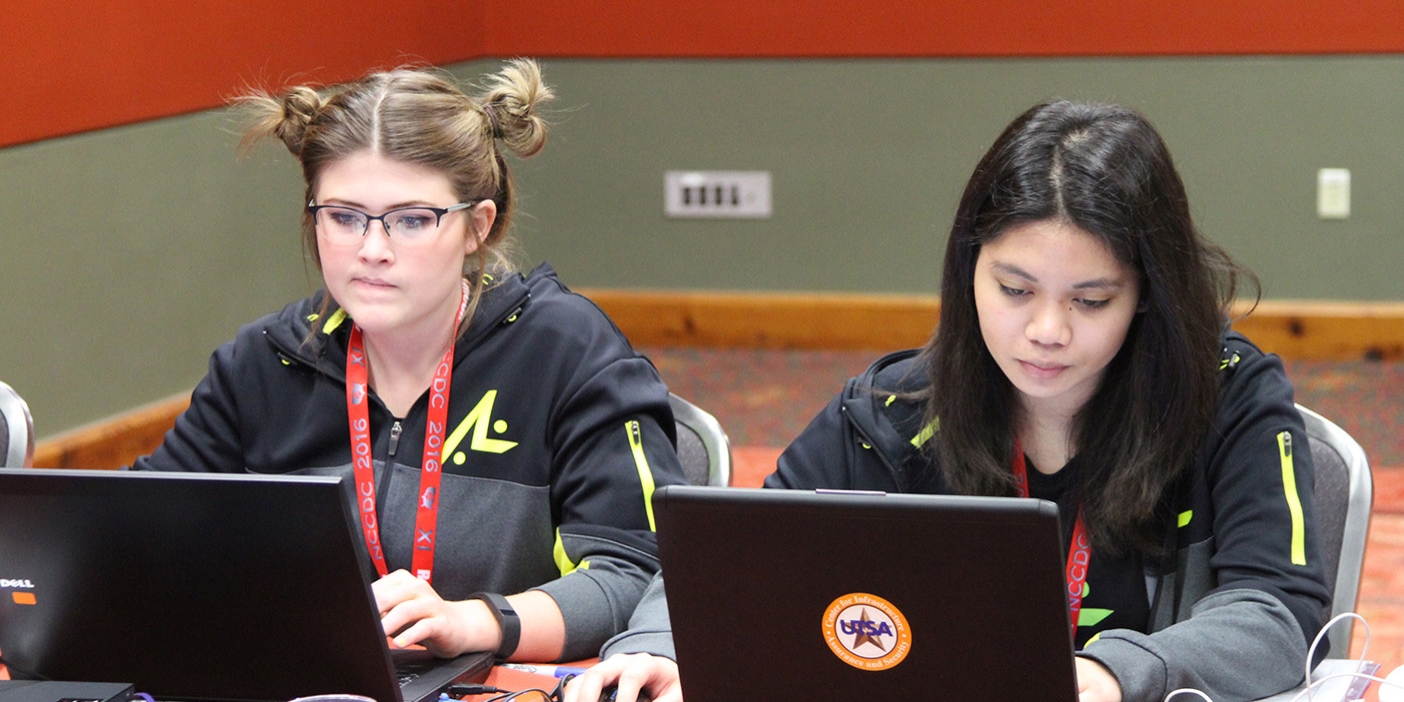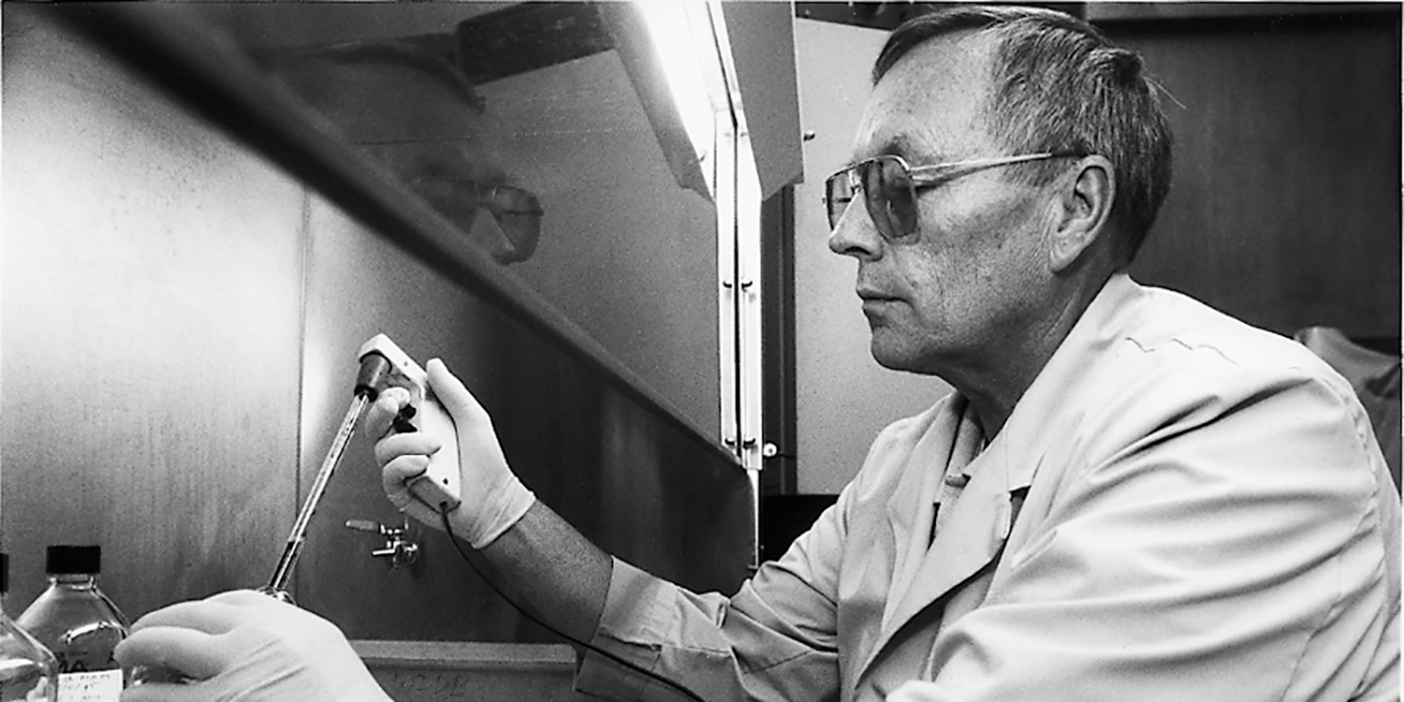Members of the BYU community weigh in on a question of the day.

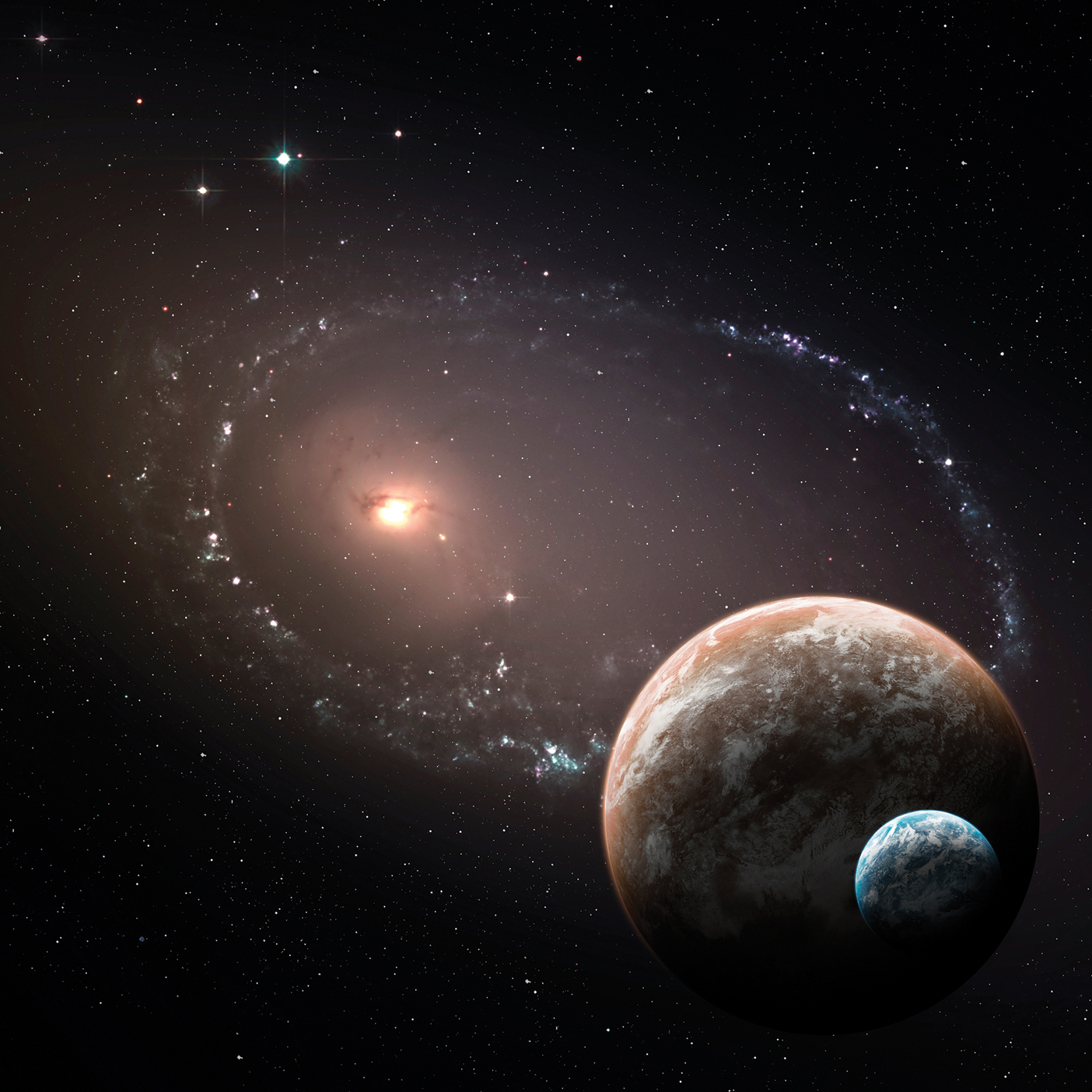
Given how much we are learning about the extreme conditions in which life can exist here on Earth, scientists are edging closer to the notion that we will find life in the solar system in the coming decades. While we expect that to be microbial life at best, if we find it, the field of planetary science—and indeed all fields of science, philosophy, and religion—will be forever changed.
—Jani Radebaugh (BS ’93, MS ’99), associate professor of geological sciences
Alzheimer’s disease and addiction, two neurocognitive disorders, are massive, rising expenses in nearly every country in the world. If we can better understand the neural cellular mechanisms involved, we may be able to prevent the onset of Alzheimer’s and more effectively treat drug addiction. This would save billions, if not trillions, of dollars and dramatically improve the quality and length of life for people throughout the world.
—Jeffrey G. Edwards, associate director of the BYU Neuroscience Center
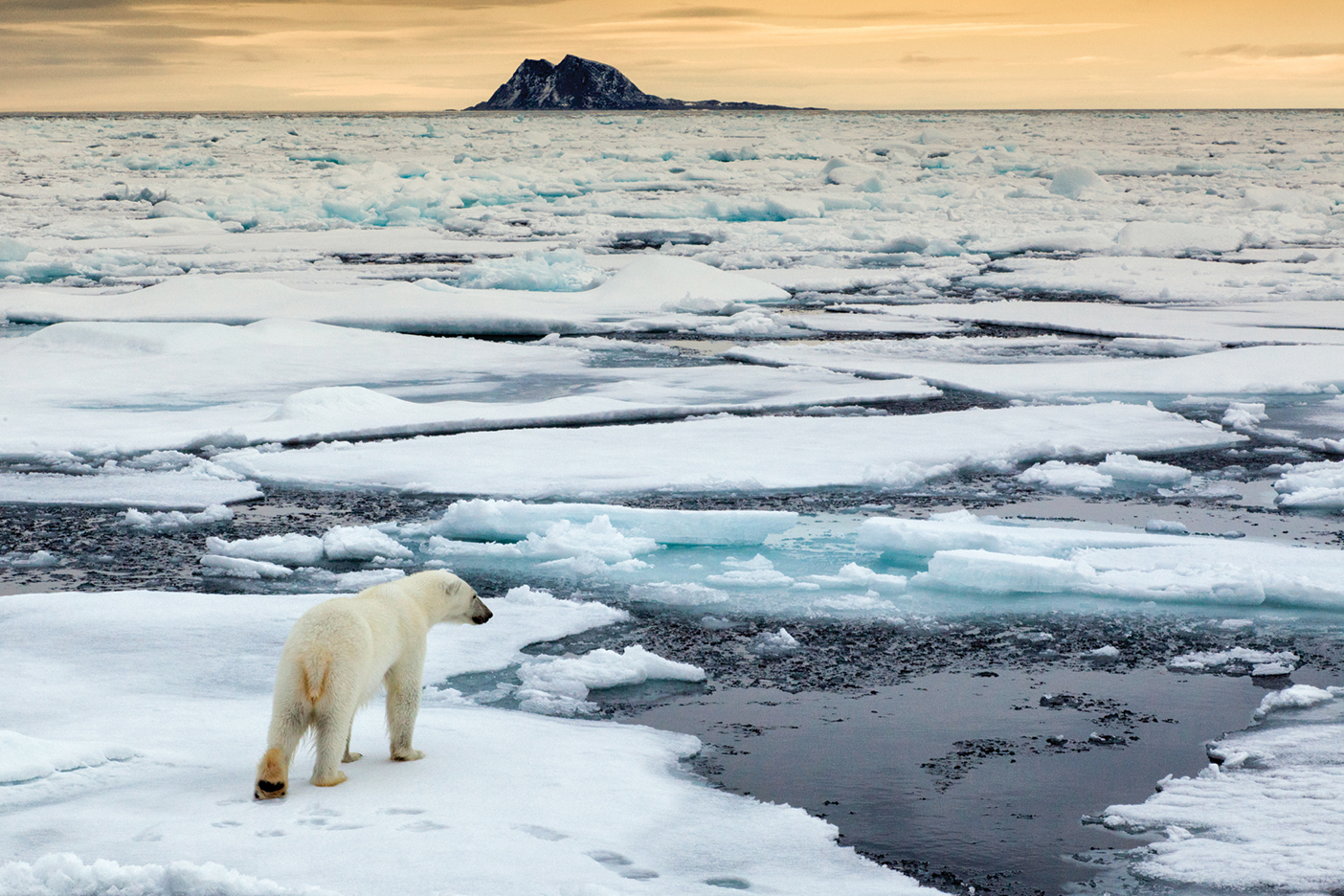
The phenomenon of climate change is one development that has already begun to influence the humanities, including the arts and religion. Climate change raises new questions about how we think ethically; whether or not we can act collectively across national, religious, and political lines; and whether or not we can overcome our political and economic short-termism. It is arguably the most important global test we face in the coming decades.
—George B. Handley, associate dean in the College of Humanities
In the next 20 years I hope we will develop the ability to produce specialized cells on demand for those who suffer from certain diseases. For example, worldwide there are currently more than 415 million diabetics—many of whom lack in insulin-producing beta cells. The ability to produce these cells for transplantation through the use of induced pluripotent stem cells would be a welcome blessing.
—Jeffery S. Tessem (BS ’01), assistant professor of nutrition, dietetics, and food science
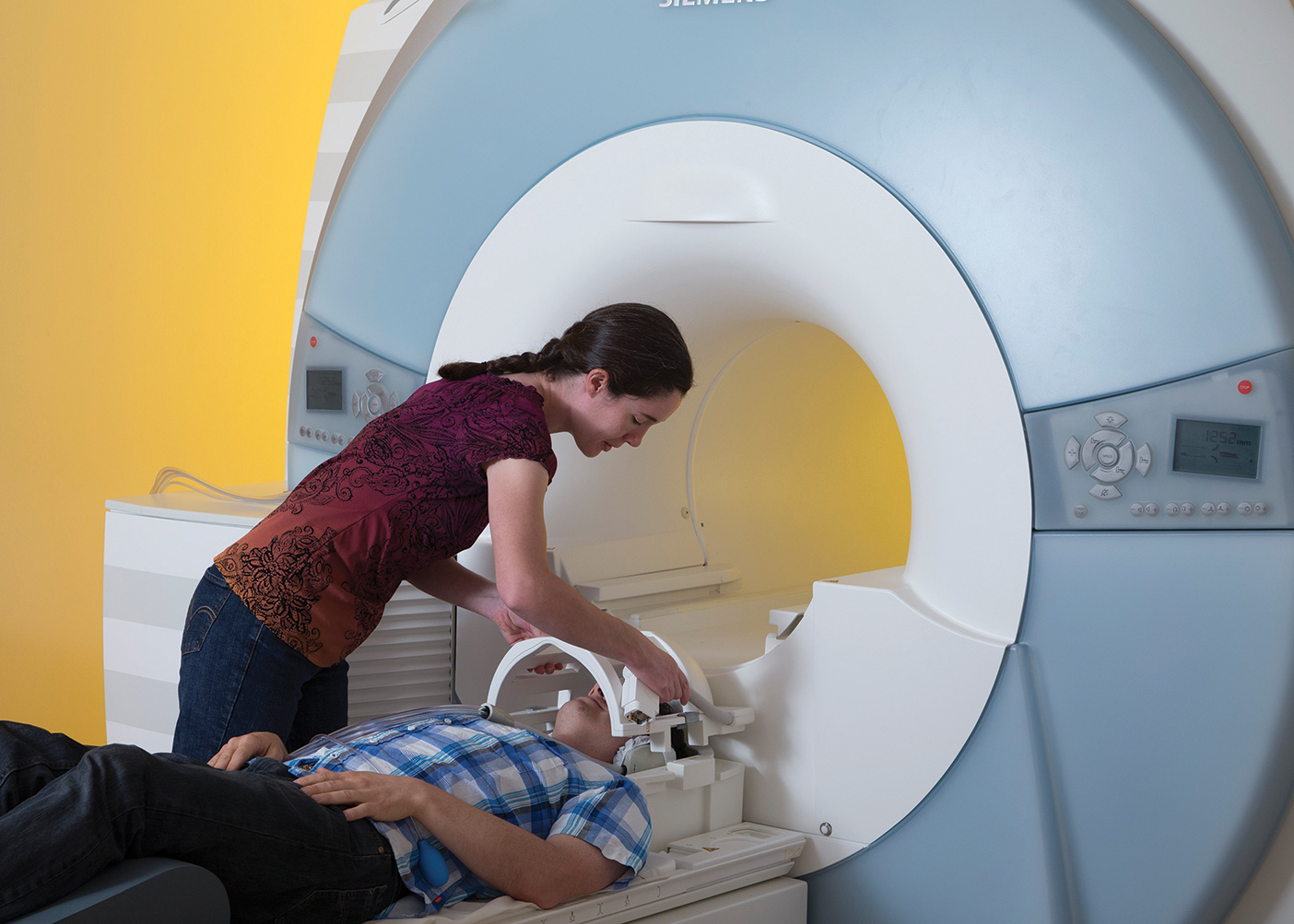
While Magnetic Resonance Imaging (MRI) is widely used to see damage or disease in the body, our ability to predict the development or progression of future disease (such as dementia) with MRI is still limited. However, scientists are now undertaking “big data” studies that follow large populations of individuals over decades, correlating characteristics in MRIs taken early in adult life with disease development and health outcomes later in life. The results of such studies may revolutionize our ability to use medical imaging as a predictive tool, allowing us to initiate preventive and preemptive therapies much earlier.
—Neal K. Bangerter, associate professor of electrical and computer engineering

The federal government’s current student-debt policies give universities an incentive to increase tuition to capture the increasing amount of available federal aid—a trend that has the potential to cripple the rising generation with debt. The discipline of finance could have a meaningful impact on the world if we could create more effective methods for students to finance their education.
—Taylor D. Nadauld (BS ’02), associate professor of finance
My area of expertise is the guidance and control of autonomous vehicles, including unmanned aircraft and self-driving cars. There is a natural convergence of these two technologies into personal aircraft, similar to the vehicles seen in The Jetsons. Personal self-driving aircraft would reduce traffic congestion and the associated pollution.
—Randal W. Beard, professor of electrical and computer engineering

Salt water is the most abundant resource on Earth, while fresh water is the single most limiting resource for the crop growth needed to feed mankind. The breakthrough I anticipate would be the ability to manipulate the genetic mechanisms that permit certain plants and algae to be irrigated with sea water.
—Eric “Rick” Jellen (BS ’86), associate dean in the College of Life Sciences









